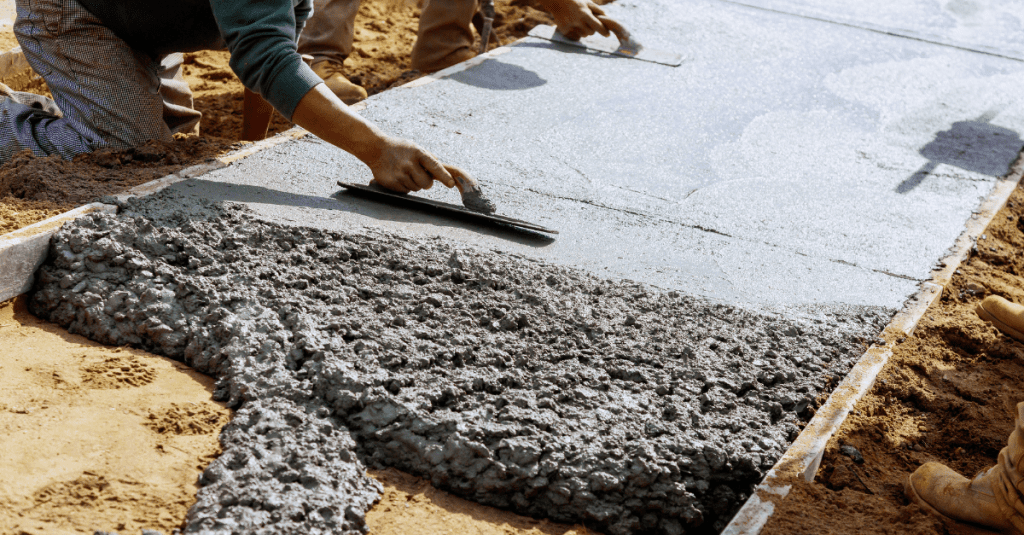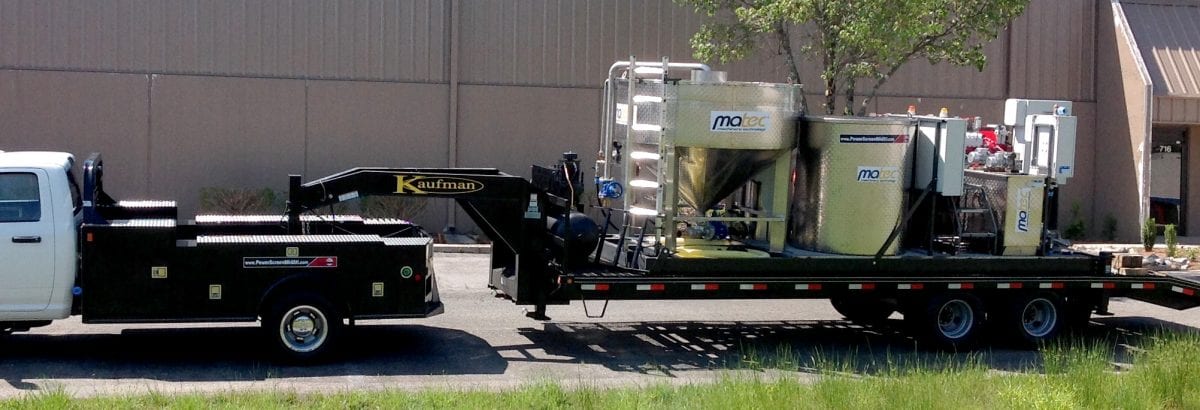Concrete Slurry Dewatering Wastewater Management System allows our customers to take slurry from a Concrete or Stone grinding operation and process it directly and return clean water back to the grinding equipment. Utilizing a Mobile Slurry Treatment Plant to dewater while grinding saves slurry disposal costs by recycling the water back to the grinders.
Concrete slurry wastewater is an inert, nonhazardous byproduct generated from diamond grinding and sawing processes. This slurry consists mainly of cooling water mixed with concrete fines, which become suspended during grinding and cutting. Adding water to saw blades extends their lifespan, reduces dust emissions, and improves worker safety. Grinding machines use a vacuum system to capture all wastewater slurry, enabling its safe collection, management, and disposal.

Proper disposal of concrete slurry wastewater involves several methods, depending on environmental conditions and regulations.
Effective concrete slurry management supports compliance with environmental regulations and prevents ecological damage. Properly managing slurry disposal helps to:
Concrete slurry management not only ensures regulatory compliance but also supports sustainable practices within the construction and concrete processing industries.

By utilizing a mobile mounted filter press with slurry and clean water tanks, water can be quickly removed from the slurry and result in decrease of 15% moisture solid cakes of material from the slurry. The residual clean water is then piped directly back to the grinding unit. This process allows for 100% control of the slurry product cradle to grave (ROI Calculator). Because the Dewatering Station is mobile, it eliminates site set-up costs, and since they run automatically, there is minimal requirement for personnel to operate them.
Concrete slurry wastewater is a byproduct of diamond grinding and sawing processes, containing water and concrete fines that must be managed and disposed of safely.
Common methods include spreading on rural slopes (where permitted), decantation ponds, or transporting to processing plants with specialized equipment.
Proper disposal prevents environmental damage, especially due to slurry’s liming effect, and ensures compliance with regulations.
Processing plants offer effective water and solid separation, allowing water reuse and creating solid byproducts for disposal or secondary use.